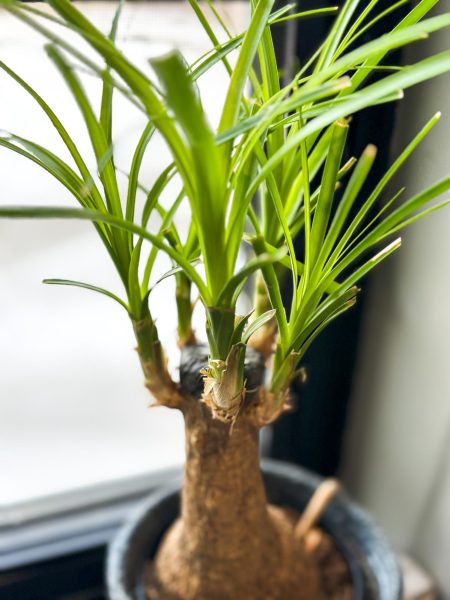DS View: Soil
As we consider the upcoming measures on the North Dakota ballot — including Measure 5, which aims to allocate 5 percent of the state’s share of natural gas extraction taxes toward protecting “water quality, natural flood control, fish and wildlife habitat” and more throughout the state — it’s necessary to take a step back from all the talking and political advertisements to assess what’s really most valuable to our wellbeing.
To borrow a question posed to my ecology class by our professor: “What is North Dakota’s most valuable natural resource that’s a rich, beautiful black color, is essential for our future, takes thousands of years to form and lies beneath our feet in abundant quantities, though it will soon disappear if we’re not careful?”
If you’re thinking “oil,” you’re only a letter off.
Soil is and always has been what makes North Dakota worth what it is to the crazies like us who live here winter after winter. It’s what attracted the first European settlers in the 1700s, and, along with the wildlife it sustained, it was the reason native nomads made this place home thousands of years before that.
As my dad says when he sees more construction going up south of town, “This is the best soil in the world, and they’re building stripmalls all over it.”
Yep, pretty much. But there’s still a misconception here.
We’re not just missing out on a few truckloads of sugar beets every time a field is replaced by another Walmart. Though it’s hard for us to connect to them since we can’t see them happening, there are processes taking place in the soil that have monumental influence on sustainable food production, global and local economies, societal welfare and climate change, to name only a few.
I know it sounds crazy, but mismanagement of soil is consistently associated with human problems like violent drug trafficking in South America, perpetual political conflict and poverty in Africa and the loss of biodiversity on every human-inhabited continent.
Maybe a “Game of Thrones” allegory can put this in perspective for a larger proportion of us college students:
In the same way that the Lannisters’, Baratheons’ and Targaryens’ fussing over who will sit the Iron Throne is a children’s squabble compared to the imminent global threat of White Walkers from beyond the Wall, humankind’s perpetual wars over territory, religion and social issues are petty bickerings distracting us from the real threat — worldwide soil degradation and desertification resulting in climate change that threatens our species and the majority of life on this planet.
There’s far too much information to relay in this article as to how soil mismanagement leads to dangerous climate change, but, at its basics, it has to do with the cycling of carbon in organic materials. Right now, we need to keep it in the soil and out of the atmosphere, where it acts as greenhouse gas and increases the average annual temperature of our planet.
Even if we decided to completely stop pumping carbon dioxide into the sky anthropogenically, climatologists say there’s already enough in circulation to push us over the edge into a positive feedback trap of climatic disaster. In other words, it’s clear we need help to clean up our atmosphere, and the vital role soil must play in this endeavor is becoming better understood by the scientific community.
What confuses me is why a positive society-wide image of soil health is no longer something on everybody’s minds.
As tenants of the Red River Valley — a ditch dug by glaciers and fertilized by eons of the carbon turnover of long-rooted prairie plants — we should be as excited as anyone to protect the soil from which we came.
If you think long enough about the history of North Dakota and the people who continue to live here, you’ll see it’s all we really have.
Yes, there’s also oil. But it’s only here because there was a bunch of good soil around one day that produced a bunch of plants and microbiota that ended up compacting into a bunch of natural gas.
More obviously, the only reason human beings are here is because that good soil made those good plants, which then filled the atmosphere with enough oxygen to allow for the evolution of mammalian life.
It just doesn’t make any sense that we’ve forgotten what the coolest thing about Earth is. We’re the only human beings in the universe, and our cars, cultures and technologies are pretty cool; that’s true. But that’s because we’re the only planet within sight of our telescopes that has soil — a living, breathing lifesource that is the pulse of our planet’s existence.
If we lose that, we lose ourselves.
Will Beaton is the Editor-in-Chief of The Dakota Student. He can be reached at william.beaton@my.und.edu.






